Do I Need A Buffer Tank For My Pressure Washer
In this article, we’ll explore why a buffer tank is an essential piece of equipment for pressure washing, especially for high-demand jobs. A buffer tank acts as a reservoir that ensures a consistent water supply to your pressure washer. It’s not just about relying on the water pressure from your external supply, but also taking into account the flow rate of your machine, which we’ll discuss later in the article.
Understanding when and why you need a buffer tank is crucial, as knowing its role and benefits can save you from potential frustrations and equipment damage. It’s all about ensuring your pressure washer runs smoothly and reliably, no matter the job.
Understanding Buffer Tanks
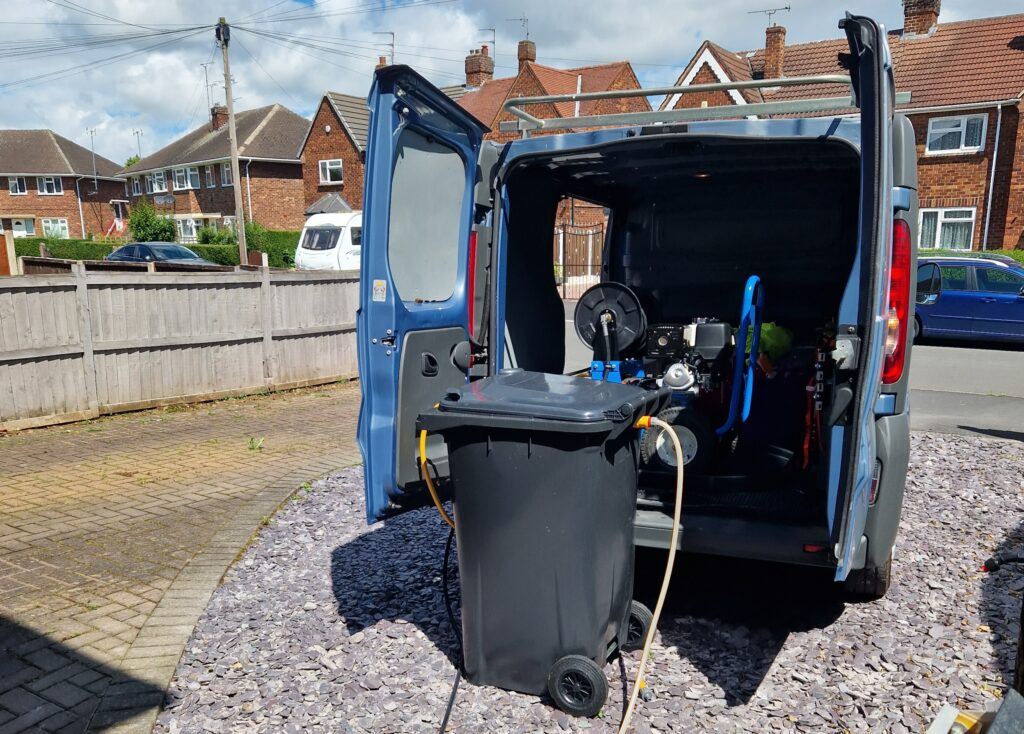
You might already be familiar with what a buffer tank does, but for those who aren’t, here’s a quick rundown. A buffer tank is a sturdy container, usually made of a thick plastic.
Buffer tanks are designed to store water and ensure your pressure washer has a consistent supply, helping to prevent pressure fluctuations and keep your machine running smoothly. The tank collects water from your main source, typically the customer’s outside water supply, and delivers it to the pressure washer through the suction hose attached to your pressure washer pump’s inlet valve. This setup is especially useful if you’re dealing with low water pressure or using a machine with a high Litres per minute (Lpm) usage.
Buffer tanks come in various sizes, and they can be made from any plastic containers suitable for holding large quantities of water. Whether you need a smaller 120-litre tank for residential use or a larger 1000-litre tank, the choice depends on your specific needs. The key is to select the right size based on your requirements and how the tank will fit into your overall setup.
Benefits and Necessity of Buffer Tanks
When it comes to buffer tanks, there’s no need to overcomplicate things. If you’re just starting out, you’re in the right place. Below, I’ve outlined the key issues you’ll encounter when getting started and provided some tips on how to tackle these challenges.
Do I Need a Buffer Tank for my pressure washing business?
Absolutely, a buffer tank is essential if you’re setting up a serious pressure washing or exterior cleaning business. To run an industrial-grade machine effectively, having a buffer tank is a must.
Why Do I need a Buffer Tank For Pressure Washing?
When it comes to pressure washing machines, they vary in the flow rate they produce, typically ranging from 15 Lpm (Litres Per Minute) to 30 Lpm for a proper business grade machine.
To run a machine efficiently, you’ll need a higher flow rate from your external water supply than what most homes can provide. In the UK, the water supply at most households is inconsistent, usually producing between 6-15 Lpm, 15 if you are very lucky and with an average closer to 10 Lpm in my experience.
This means that if you’re using a machine with a flow rate of 15 Lpm, which is the minimum recommended for a professional pressure washing setup, a buffer tank is essential to compensate for the often inadequate water supply on most jobs.
For more information on Litres Per Minute and why it’s worth taking note of, please visit…
https://msrcleantech.com/why-choose-the-honda-gx390-21lmin-pressure-washer-full-review-and-tips/ .
Situations Where you Don’t Need a Buffer Tank.
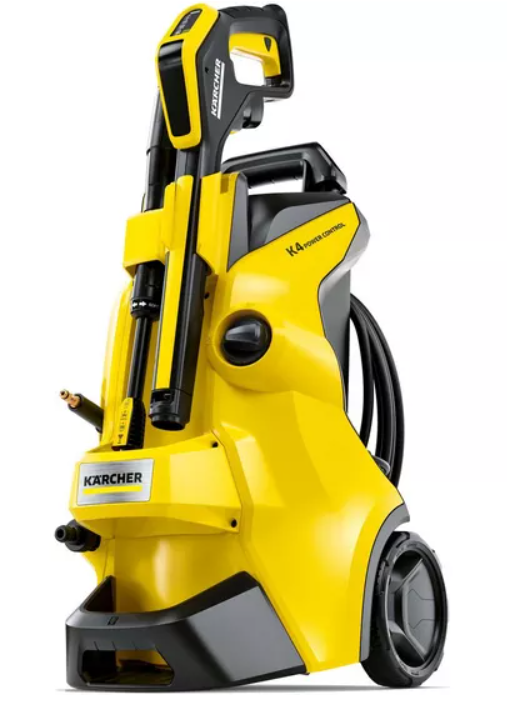
The only time you wouldn’t need a buffer tank is if you’re using a small domestic pressure washer like a Karcher. However, these types of pressure washers are not recommended for business use and won’t help you grow your business effectively.
I mention this because it’s the one situation where a buffer tank isn’t necessary, but this typically applies only if you’re using such machines for personal use. Bottom line: if you’re starting a pressure washing business, you’ll want a machine with a minimum of 15 Lpm.
What Size Buffer Tank Do I need?



There are many different shapes and sizes of Buffer tanks to choose from depending on the specific use case of them. In this section I will do my best to explain the differences and also let you know why I chose the one I did.
Different Buffer Tank Sizes
Buffer tanks come in many shapes and sizes. Some of them are speciffically made to be used as buffer tanks and there is also the option to DIY your own buffer tank which is exactly what I did. Tanks are ususally anywhere from 120L to 1000L.
Do I Need A Large Buffer Tank or Small?
A tank under 300L would typically be considered a small buffer tank. The first thing you need to consider is the size of your van for transporting the tank. This is crucial because if you’re using a small, compact van, you’ll need to think about how much space is required for all your other equipment along with the tank.
Make sure to measure everything before purchasing so you can choose the right-sized tank. No matter how large a tank you want, the size of your van will ultimately determine what you can accommodate.
Why I Use A 240L wheelie Bin.
Pros
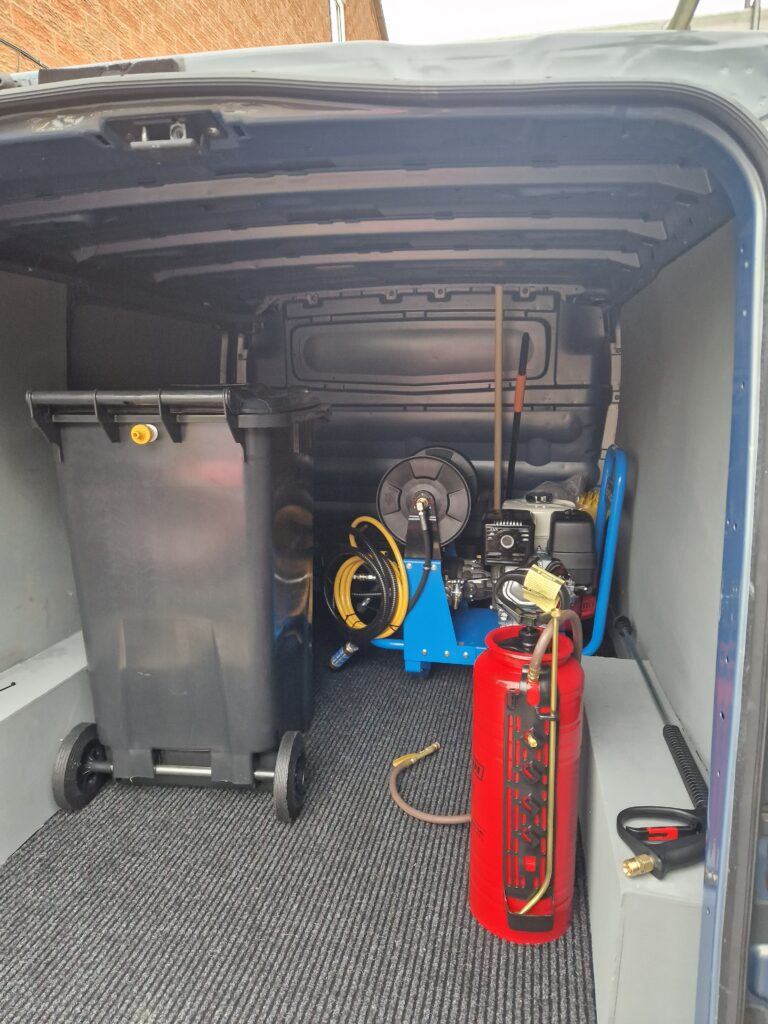
Storage. When I’m not using my bin as a buffer tank it becomes a storage space in the back for other equipment like brushes, signs and anything else that will fit inside it. This helps to mitigate the space it takes up in the back of the van if that makes sense.
Portability. Typically I would keep my pressure wahser and buffer tank on the van when on jobs, but for the times where this is not acheavable, by using a wheelie bin as a tank I can simply wheel my tank to the desired location.
Reasonable size. Having a 240L tank is not a bad place to start. With a decent enough water flow from the customer’s water supply, it lasts a decent amount of time before you need to stop work and wait for it to refill. If I’m honest, more often than not, I don’t need to wait for it to refill as decent water pressure usually keeps the tank filled for the duration of the job.
Cons
Unfortunately, if your customer has poor water pressure, a 240L buffer tank will run out quickly, especially when using a 21Lpm machine. I mention this to make you aware, but the truth is, the size of the buffer tank won’t make much difference in this situation. Poor water pressure will always be a bit of an inconvenience because, regardless of the tank’s size, it will still need to refill with water while in use and I wouldn’t reccomend travelling with 1000L tank filled with water.
Ways Around This
Personally, the best way I’ve found to deal with this is to ask a neighbour if you can use their water supply. Even better, if you have access to two hose reels, you can use both water sources simultaneously. I’d definitely offer the neighbor some compensation, say around £10, which could save you a couple of hours waiting for the buffer tank to refill each time. If you have a better alternative, please feel free to leave a comment below—I’d love to hear your thoughts.
Float Valve
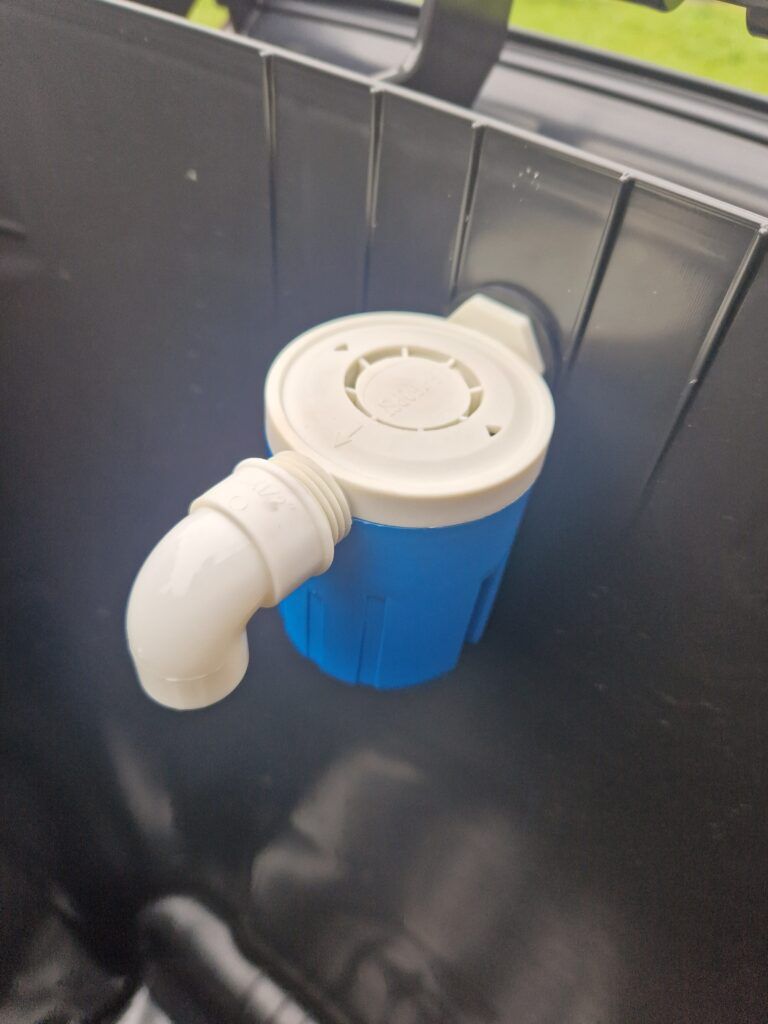
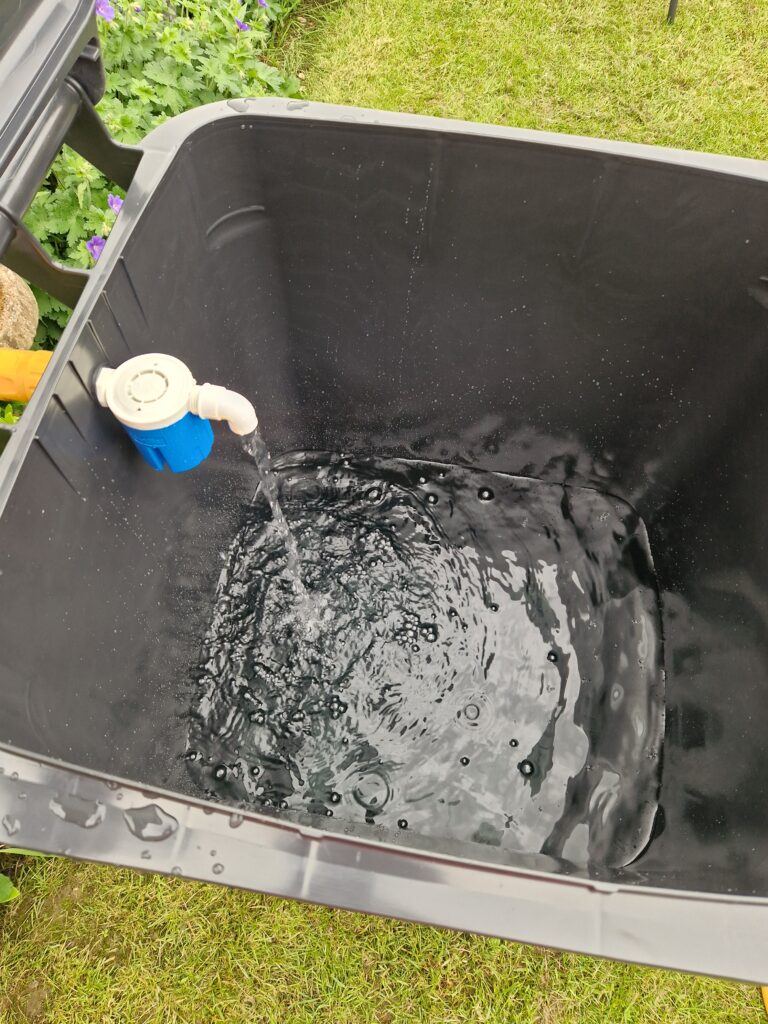
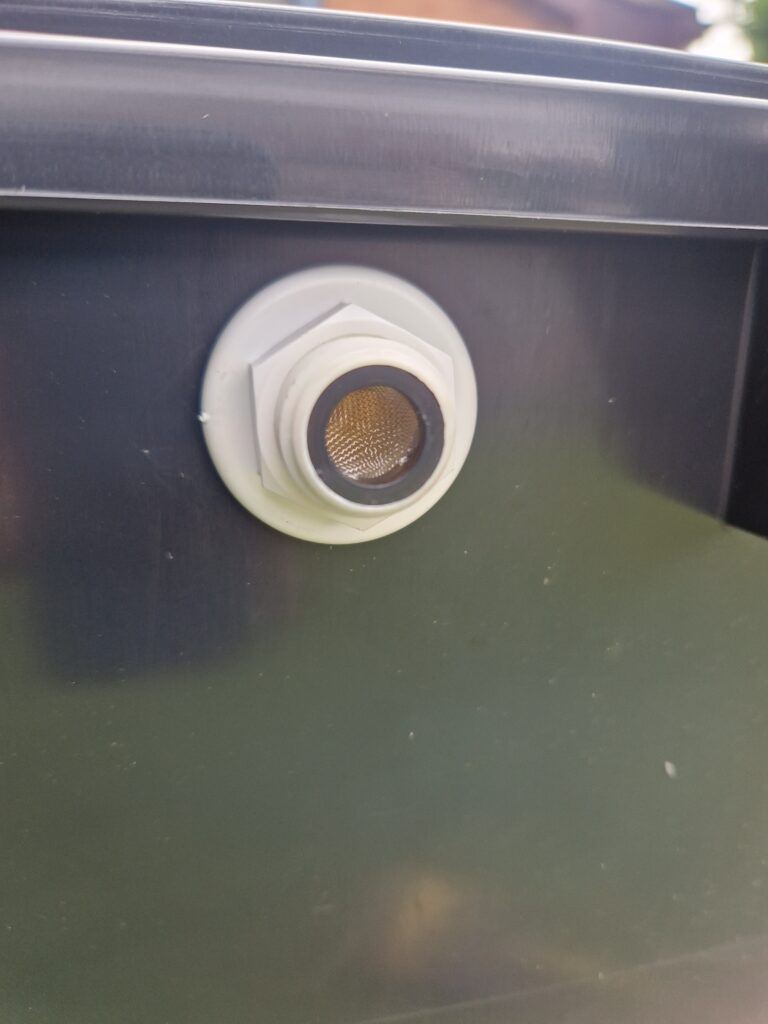
When you purchase a container to use as a buffer tank, like a wheelie bin, you’ll need to consider how to fill it and prevent it from overflowing once full. This is where a Float Valve comes in handy. The Float Valve allows you to fill your buffer tank from the customer’s water supply by simply connecting the female hose end to a male end attached to the back of the valve.
Installing a Float Valve on a container like a wheelie bin is straightforward. Just drill a hole in the back of the bin and use an M22 rubber washer and nut to securely fit the valve in place. Make sure to install the valve as high as possible to ensure the water supply doesn’t cut off before the container is full. Using a Float Valve lets you fill any container without worrying about it overflowing while you’re busy with other tasks.
You can purchase these valves on Amazon for around £10. However, note that you’ll need to buy the M22 nut and washer set separately, as they aren’t included with the valve.
Top Tip
Avoid buying a pre-made wheelie bin buffer tank, as these can cost £200 or more. There’s no need to spend that much. I purchased a wheelie bin and all the necessary parts from Amazon for about £80, so you can easily set up a buffer tank for around that price. I’ve linked all the items I used below to help you create a fully functioning buffer tank.
Suction Hose

The ribbed hose with the brass filter in this picture is known as the suction hose. This hose enables the machine to draw water directly from the buffer tank.
If you have one of these, all you need is a Float Valve attachment for your buffer tank to function properly.
Simply place the hose in the water, ensuring it’s submerged to the bottom of the tank, and you’re all set to go.
Conclusion
In conclusion, whether you need a buffer tank for your pressure washer largely depends on your specific setup and the demands of your jobs. For professional use, especially with high-flow machines or in areas with inconsistent water supply, a buffer tank is essential to maintain consistent performance and avoid potential downtime. By investing in the right buffer tank, you ensure your pressure washer operates efficiently, saving you time and effort in the long run.
Exterior Cleaning, England, South Yorkshire UK




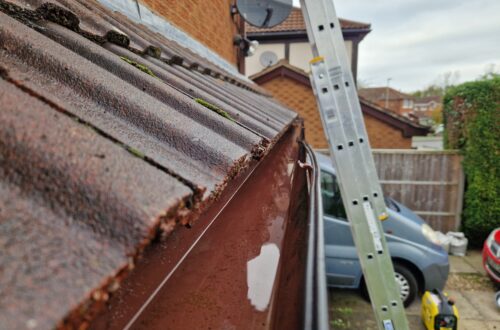

2 Comments
Dhiraj
Hi,
Great article and helped me build a 240 ltr tank using bits bought of Amazon. 1/2 in high flow inlet, and 3/4 tank connector and a 3/4 ball vavle. Right now I am not getting a good flow out for my 15 lpm washer. Think I am getting roughly 11 lpm with the bin flat on ground. Need to make a stand to raise the bin so i get a better flow, but looking for advice on minimum height i can get away with. any advice very much appreciated.
Martin
Hi Dhiraj,
My upmost apologies for the late reply. I’m glad the article helped you with the buffer tank situation. Do you have a suction hose attached from your pump to the buffer tank via an outlet attachment of some sort? If so, this should pulling water through at the rate of your machines capability without issues. I place my hose directly into the buffer tank and it works great. I’m curious as to what your set up looks like. You can email me directly at martin@msrcleantech.com if you are still having issues and would be more than happy to advise further. Again, apologies for the late reply and I hope you have got this sorted, but if not give me a shout.